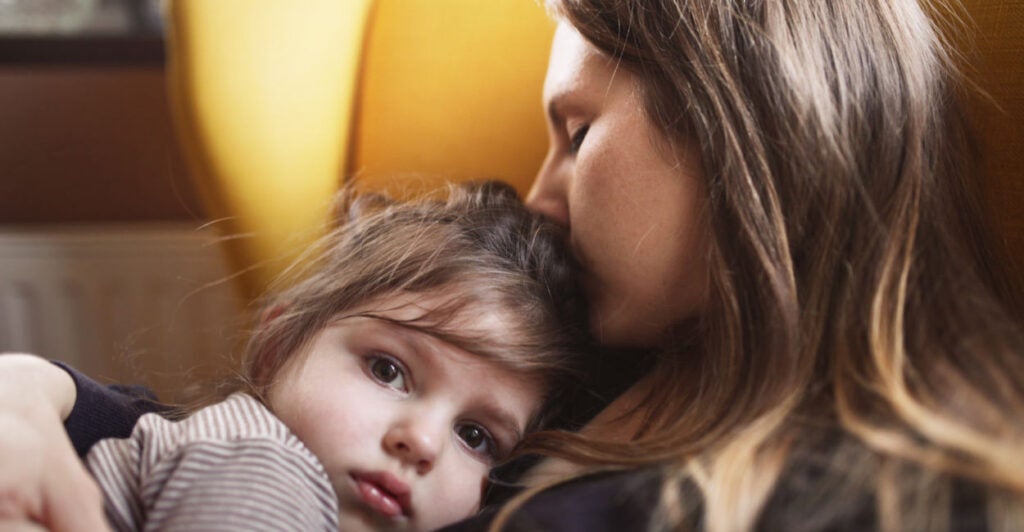The Joint Economic Committee of Congress has just produced an important new study titled “The Demise of the Happy Two-Parent Home.”
The report exhaustively presents data showing the shocking collapse of marriage and traditional family in America and then explores possible explanations for why it has happened.
In 1962, 71% of women ages 15-44 were married. By 2019, this was down to 42%.
In 1962, 5% of women ages 30-34 had never been married. By 2019, this was up to 35%.
In the 1960s, less than 1% of couples living together were not married. Today, it is over 12%.
And the percentage of births to unmarried women has risen from 5% in 1960 to 40% in 2018.
In 1970, 85% of children lived with two parents. By 2019, this was down to 70%.
The relevant questions are: Why should the collapse of marriage in the United States concern us? And why is this happening?
Regarding the first question, it depends on your values. To the large but dwindling number of Americans who care about traditional biblical morality, the collapse of marriage and family, the openness to other lifestyles prohibited by biblical morality, is of concern. It is not a healthy sign about what is happening in our culture.
For those whose concerns are more secular, the collapse of marriage is of concern because the practical results are not good.
A large body of research exists showing the social benefits of traditional marriage and family, and the social costs of their collapse.
There is the oft-quoted observation of Brookings Institution scholar Ron Haskins that American adults who follow three rules—finish high school; get a full-time job; and wait until at least age 21 to get married and have children—have a 2% chance of being poor and a 75% chance of being a middle-class wage earner.
In a recent interview, Nobel Prize-winning University of Chicago economist James Heckman observed: “The main barriers to developing effective policies for income and social mobility is fear of honest engagement in the changes in the American family and the consequences it has wrought. … The family is the source of life and growth. Families build values, encourage (or discourage) their children in school and out. Families—far more than schools—create or inhibit life opportunities.”
Why has traditional marriage and family so dramatically collapsed?
The report examines several possible factors, a major one being the dramatic growth in the welfare state supporting female heads of household.
According to the report, “The value of the safety net for single-mother families is 133 percent higher today than in 1940, and 56 percent higher than in 1960.”
Nevertheless, changes in behavior reflect changes in values. Why do values change?
Gallup has been asking since 1952, “How important would you say religion is in your own life—very important, fairly important or not very important.”
In 1952, 75% said “very important.” In 1970, this was down to about 60%, and by 1978, this was down to 52%.”
It was in this environment of a dramatic drop in Americans’ sense of the personal importance of religion that, in 1973, the Roe v. Wade decision legalized abortion.
A wave of court decisions banned religion from the public square. In 1962, prayer in public school was banished.
In 2002 Gallup polling, 45% said to have a baby outside of marriage was morally acceptable. By 2015, this was up to 61%, and by 2019, it was up to 64%.
What seems clear is that the collapse of marriage and family that has been occurring in our nation is not occurring in a vacuum. Values are changing.
For those who are worried about the situation, who want to see marriage and family strengthened again, the beginning must be awareness of the problem. To this end, the Joint Economic Committee report provides an important service to the nation.
COPYRIGHT 2020 CREATORS.COM
